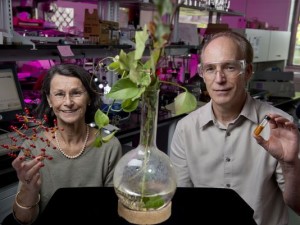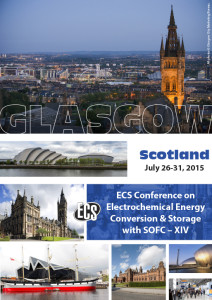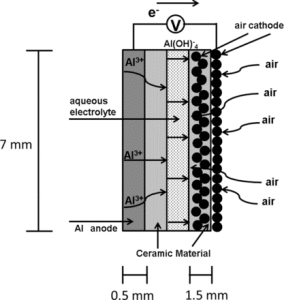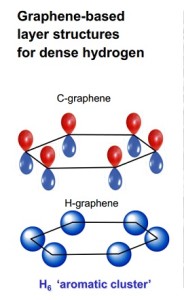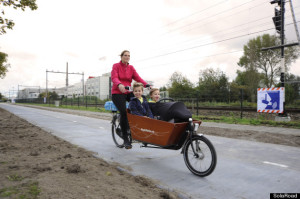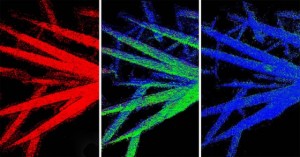
Chemical phase map showing how the electrochemical discharge of iron fluoride microwires proceeded from 0 percent discharge (left), to 50 percent (middle), to 95 percent.
Source: AZO Materials
ECS student member Linsen Li, along with former member Song Jin, have recently completed the first part of their study focusing on the powerful potential of iron fluoride in lithium-ion batteries, which can improve energy storage.
“In the past, we weren’t able to truly understand what is happening to iron fluoride during battery reactions because other battery components were getting in the way of getting a precise image,” said Linsen Li, graduate student and research assistant at the University of Wisconsin – Madison.
This development will likely impact energy storage and could, in the future, advance large-scale renewable energy storage technologies if the researchers can maximize the cycling performance and efficiency of the low-cost fluoride lithium-ion battery materials.


